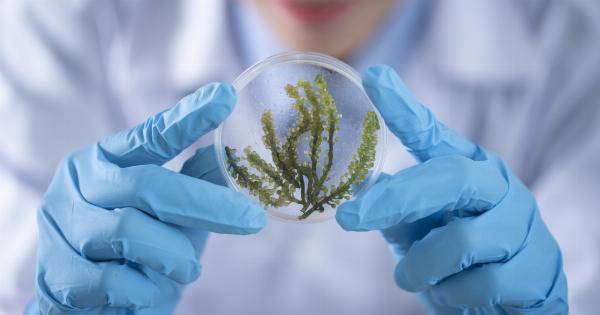Menopause is a natural biological process that marks the end of a woman’s reproductive years. It occurs when a woman’s ovaries stop producing eggs and she experiences a decline in the levels of estrogen and progesterone hormones.
The transition into menopause, also known as perimenopause, can last for several years and can bring about several physical and emotional changes. The symptoms of perimenopause and menopause vary among women and can range from mild to severe.
Understanding Menopause
Menopause can occur in women as early as their 40s, but it usually happens between the ages of 45 and 55.
As a woman approaches menopause, her ovaries produce less estrogen and progesterone hormones, leading to changes in menstrual cycles and eventually a complete cessation of periods. Menopause is confirmed when a woman has not had a menstrual period for 12 consecutive months.
Some women may experience symptoms such as hot flashes, night sweats, sleep disturbances, vaginal dryness, mood changes, and decreased sexual desire during the transition to menopause.
These symptoms occur as a result of the hormonal changes that are occurring in the body.
Biomarkers of Menopause
Recent research has shown that there are several biomarkers that can be used to identify the transition to menopause and measure the severity of menopausal symptoms.
One of the most promising biomarkers is antimullerian hormone (AMH), which is produced by the cells in the ovarian follicles.
AMH levels have been found to decline as women approach menopause, and a low AMH level has been shown to be associated with an increased risk of early menopause. Women with low AMH levels have been found to have more severe menopausal symptoms such as hot flashes, night sweats, and vaginal dryness.
Follicle-stimulating hormone (FSH) levels have also been found to be a useful biomarker of menopause. FSH is produced by the pituitary gland and stimulates the production of estrogen by the ovaries.
As estrogen levels decline during menopause, the pituitary gland produces more FSH to try to stimulate the ovaries to produce more estrogen. Higher levels of FSH have been associated with more severe menopausal symptoms.
Other potential biomarkers of menopause include estradiol levels, testosterone levels, and changes in thyroid hormone levels.
Estradiol is a type of estrogen produced by the ovaries and is the main hormone responsible for maintaining the reproductive system in women. Testosterone is a hormone produced by the ovaries and adrenal glands that is important for maintaining bone density and muscle mass.
Changes in thyroid hormone levels can also occur during menopause and can influence mood, energy levels, and metabolism.
The Importance of Biomarkers in Menopause
Biomarkers can be an important tool in predicting and managing menopausal symptoms.
By measuring biomarkers such as AMH and FSH, doctors can identify women who may be at risk of early menopause or who may be more likely to experience severe menopausal symptoms. This information can be used to develop personalized treatment plans that address each woman’s individual needs.
For example, women with low AMH levels and more severe menopausal symptoms may benefit from hormone replacement therapy (HRT) to help alleviate symptoms and reduce the risk of osteoporosis.
Women with high FSH levels may benefit from lifestyle changes such as exercise and a healthy diet to help maintain bone density and muscle mass.
Conclusion
The transition to menopause can be a challenging time for women, both physically and emotionally. Biomarkers such as AMH and FSH can provide important information about a woman’s risk of early menopause and the severity of menopausal symptoms.
By using biomarkers to guide treatment plans, doctors can help women manage the symptoms of menopause and maintain their health and well-being.





























